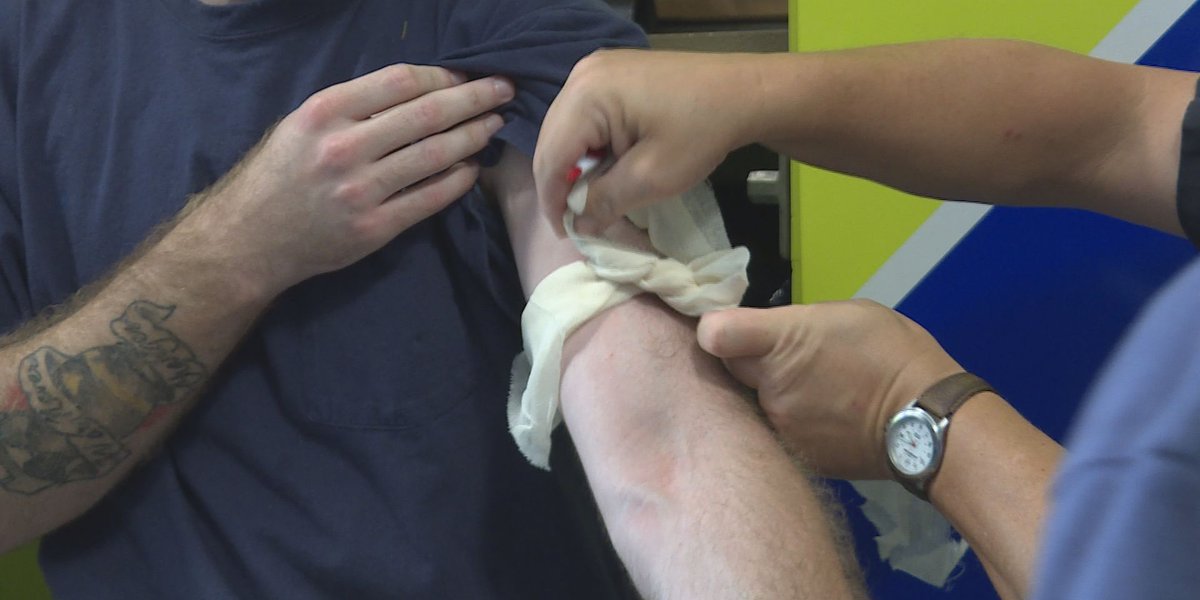If there’s one important skill that I would recommend you to learn for first aid, it’s how to stop a wound from bleeding. This method surprisingly works effectively for most everyday cuts, even the ones that seem too big for this technique.
In most cases, the key step is applying pressure. Here’s what I mean:
Bleeding often looks more severe than it truly is.
Nevertheless, when a major blood vessel is cut or torn, a person can lose substantial blood within minutes. However, this advice doesn’t mean you shouldn’t call 911 when things look dire.
For instance, it’s important to dial 911 if:
- There is significant bleeding
- You’re unable to stop the bleeding
- Signs of shock are present
- There’s suspicion of head, neck, or spine injury
- You’re unsure of what to do
Still, while waiting for help (assuming it’s a critical situation), you can assist in stopping the bleeding to some extent. Here’s how:
Most bleeding can be stopped by applying pressure.
Here’s my approach to stopping the bleeding:
First, I get the First Aid Kit or have someone fetch it. Then, I take out some gauze.
Do you happen to have a First Aid Kit? (Do you also keep one in your vehicle?) You should.
For minor cuts or scrapes that are dirty, I clean the area with clean water (or saline if available) before applying the dressings. If dealing with a significant bleed, I move on to the next step to quickly attempt to stop the bleeding.
I place a dressing on the wound’s surface (a gauze pad or another clean dressing).
The key to success lies in this: applying direct PRESSURE on the dressing.
I use the flat part of my fingers or the palm of my hand. I keep holding pressure on the wound and continue pressing for a few minutes.
If the wound is more than minor and the bleeding doesn’t halt with the initial gauze layer, I add more dressings on top of the first (without removing the first one) and apply firmer pressure.
I maintain pressure until the bleeding subsides.
If I can’t keep pressure on the wound, I wrap a bandage or tape firmly over the dressing to keep it in place.
Also, it’s crucial not to lift the dressing to check if the bleeding has stopped. That will disrupt clotting and restart the process.
I simply add more dressings over the bloody one and keep applying pressure. I leave all the dressings in place as I add more.
Again, if this is clearly a serious situation, I seek professional medical assistance and/or call 911.
A dressing could be a gauze pad or pads, or any other clean piece of cloth.
Smaller wounds heal better and with fewer infections if I use an antibiotic ointment.

